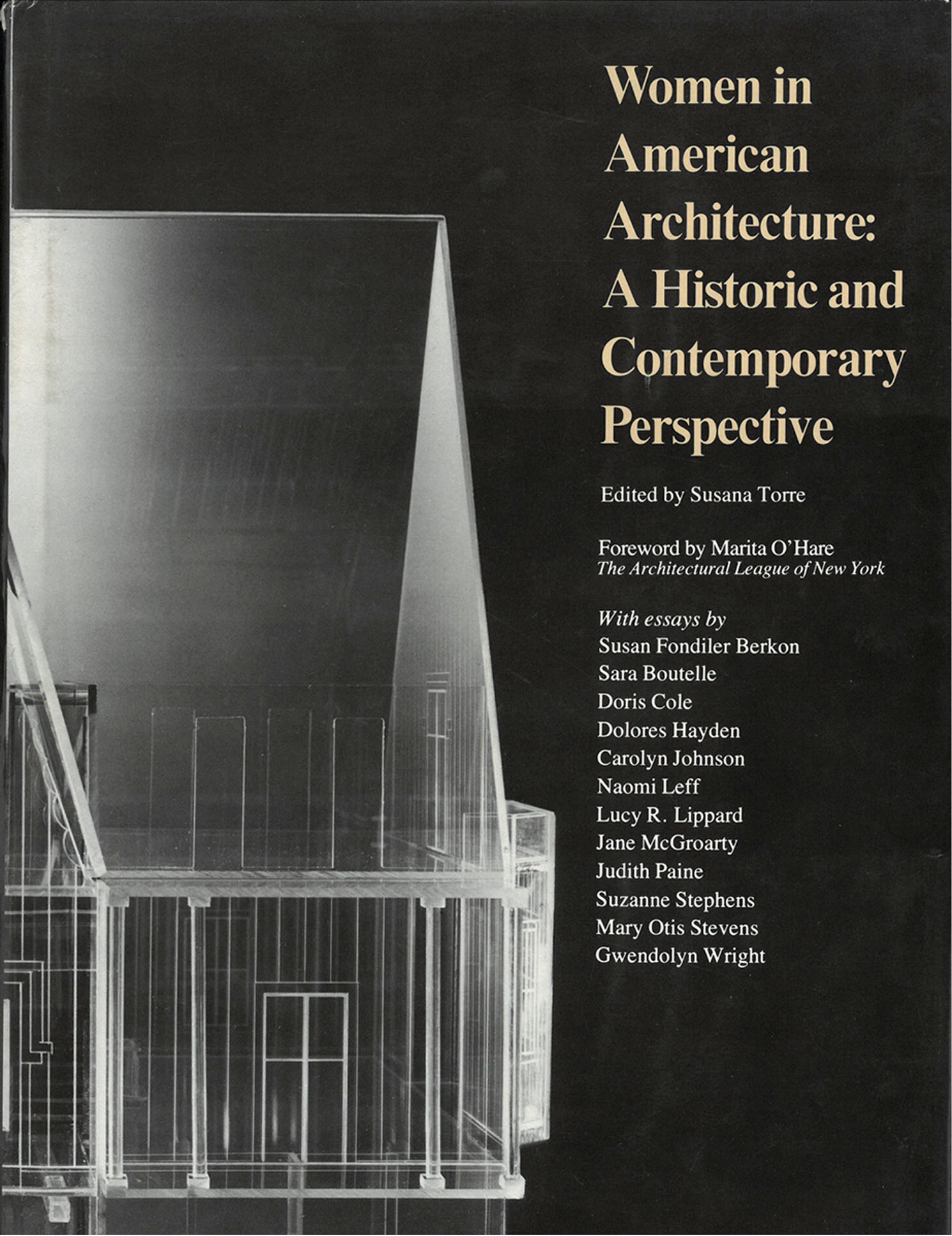July 28, 2014
On March 18, 2014, architect, critic, and educator Susana Torre presented the keynote address for Feminism and Architecture: Intergenerational Conversations, a program co-organized by The Architectural League and Parsons The New School for Design. Torre curated the 1977 League exhibition Women in American Architecture: A Historic and Contemporary Perspective and edited an accompanying book of the same name.
In the lecture video above, Torre outlines the powerful and multifaceted—yet often ignored—influence that feminism has had on the fields of architecture and urban planning. She examines six themes to demonstrate the ways in which feminist ideas have contributed to change in these disciplines and how these contributions have been unacknowledged or misinterpreted:
- the design of domestic space
- the changed structure of the suburb
- the development of new building types, redefinition of old ones, and design of new construction norms and details
- the engraving of collective memory in the American city
- the radical revision of our attitudes towards the preservation, rather than the conquest, of nature, and the emergence of sustainable design as an ecological practice, and
- women’s culture and identity as a legitimate design paradigm.
From this historical perspective, Torre goes on to challenge persistent stereotypes of gender distinctions and detail some of the entrenched institutional values that continue to hinder change in the workplace today. Calling on the design community at large to do more to retain and promote women, she concludes by identifying strategies for action and imploring the audience to encourage discourse on feminism and architecture with renewed vigor.
“[T]here is no conclusion—there never is—and … whatever agenda we propose to implement is valid for a few years only,” she said. “We now need to formulate the questions for the next stage of its evolution.”
Explore
A conversation with Susana Torre
An interview with Susana Torre, who organized a 1977 exhibition about female architects.
A Parallel History
In an introduction to 1977 book Women in American Architecture, Susana Torre considers cultural assumptions about women as consumers, producers, critics, and creators of space.
Frida Escobedo, Taller de Arquitectura lecture
Escobedo explores the concepts behind projects in Mexico, the US, and Portugal.

